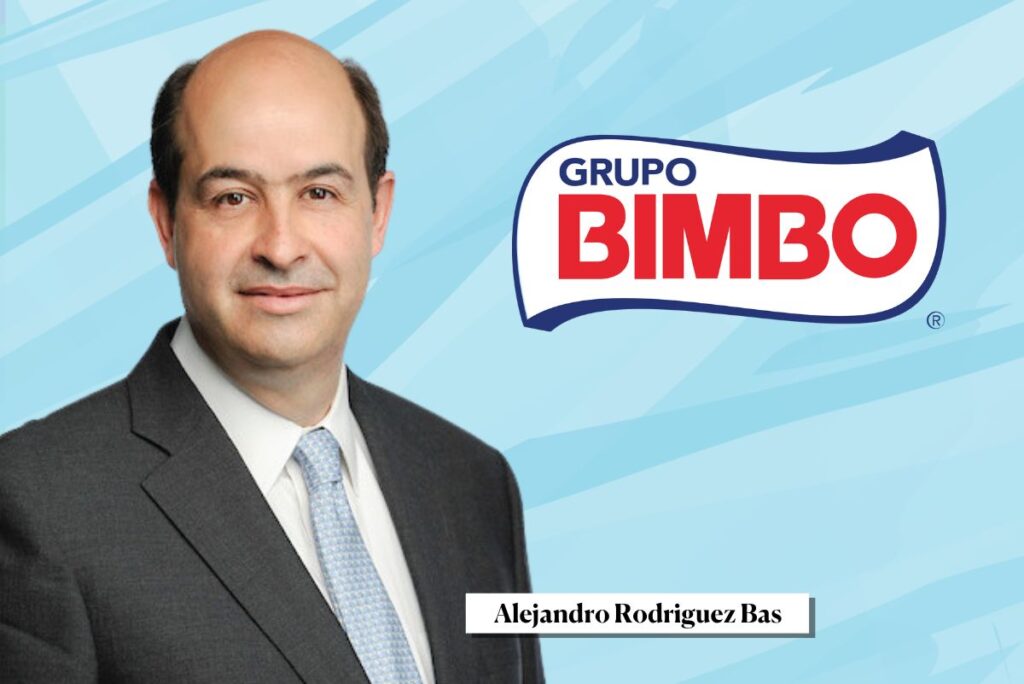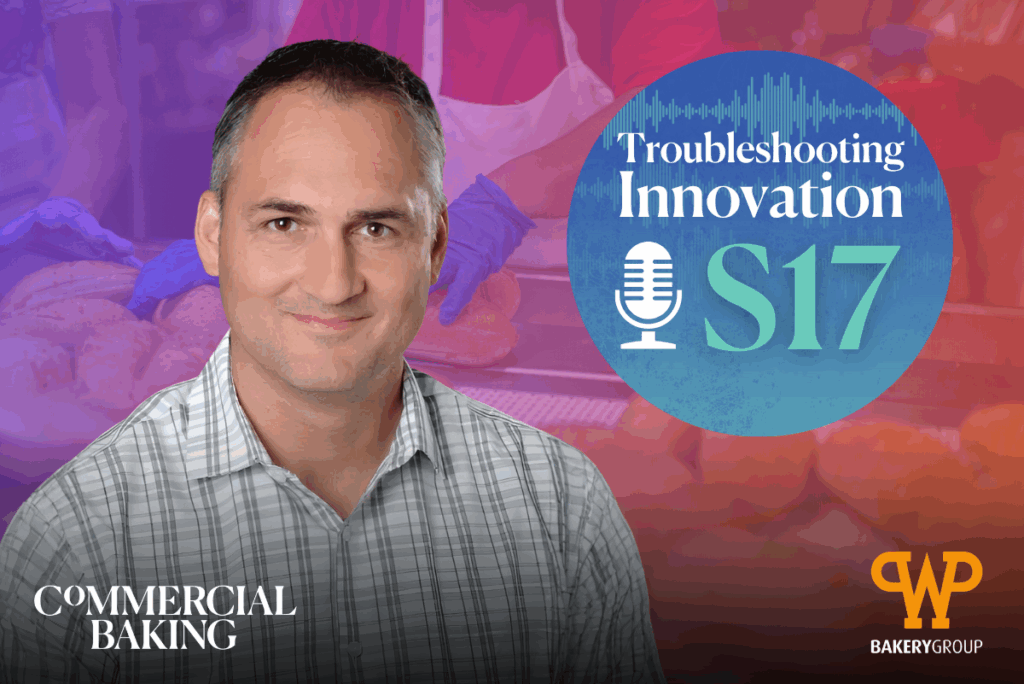LOS ANGELES — As the unofficial marking of the holiday shopping season, Black Friday — and the subsequent Cyber Monday — has consumers clamoring for deals … and retailers and brands closing deals.
But participating in these events isn’t a given, especially in the food space. It comes with benefits and drawbacks, and understanding each will help baked goods brands — especially those new to the game — gauge if it’s the right strategy and also know how to execute.
During a small group mentoring session for Emerge CPG network members, Jessyca Dewey, digital marketing strategist and founder of The Y Collective shared some critical questions younger brands should ask themselves when creating a Black Friday strategy. She also shared best practices to ensure the best bang for a brand’s buck.
After all, discounting products is an investment. And while these shopper holidays require a deeper discount than any other time of year, it’s important for a brand to understand the implications that come with those discounts, especially for a premium product. On one hand, it can drive awareness and urgency; on the other, a brand must overcome concerns that it could imply devaluation.
“Oftentimes brands feel obligated to participate in Black Friday, and that can create a lot of noise,” Dewey said. “For some, it might not even make sense.”
The first, most logical step is to look at the margin, which typically should allow for a 20 to 30% discount. If the margin doesn’t allow for that, these sales are likely not the right strategy. One exception might be product trial campaigns where the revenue hit is already built into the budget.
Timing is also a key factor, and it must be considered strategically. The holidays are a noisy time for consumers, so the timing must support a brand standing out from the noise rather than just participating in it. Much of that has to do with the level of overall digital marketing and how often the brand does sales or promotions.
“For those who almost never do discounts or promos, this is an opportunity to impress upon your consumers the urgency, scarcity or exclusivity of the campaign,” Dewey suggested. “In that case, it’s important to communicate that it’s a once-a-year sale and that your brand isn’t discounted outside of it. That way, you can keep the product and the brand in an elevated position.”
That said, brands that offer regular promotions can cut through the noise — not only with other brands competing for attention but also with their own sales tactics — through deeper discounts or specific messaging.
Standing out is especially important when Black Friday deals are starting earlier and earlier, often before Thanksgiving. For many smaller brands, waiting for promotions through Small Business Saturday might be the ticket.
“Black Friday is a short timeline that should last about 24 hours,” Dewey said. “If you promote on Cyber Monday, you probably need to start early and go through Monday or even Tuesday. And you can always take a Main Street approach with Small Business Saturday, where you’re competing with fewer people but still using some of the language associated with Black Friday or Cyber Monday.”










